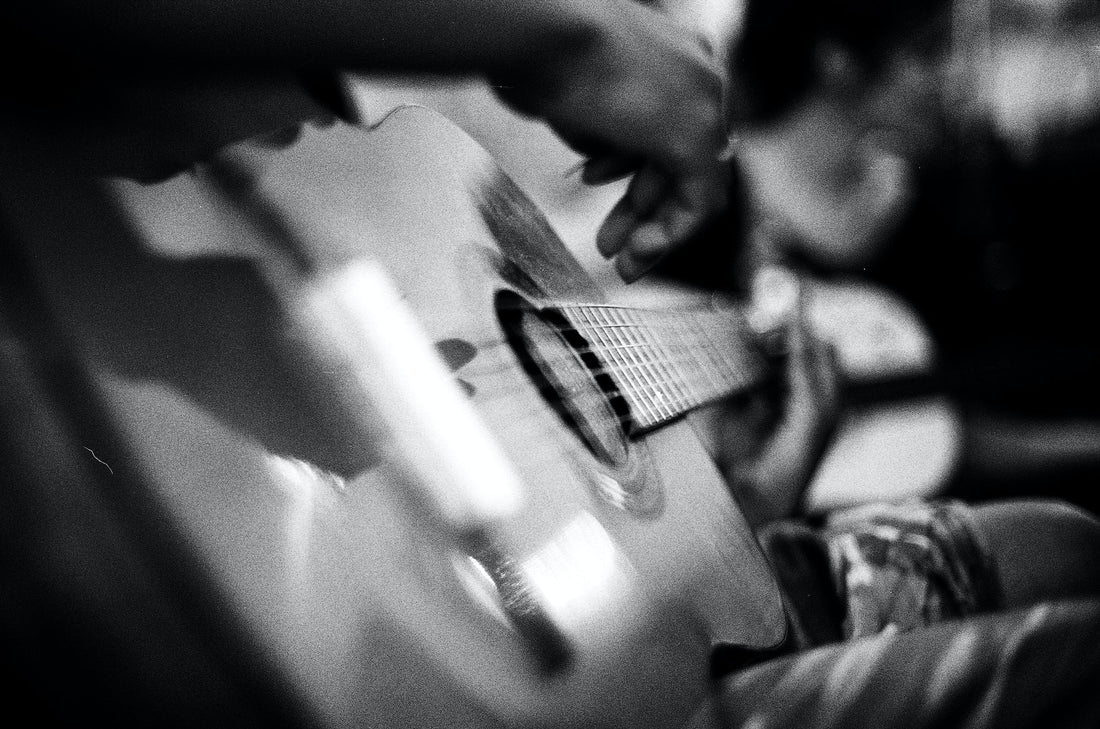As a musician, having a good understanding of acoustic guitar repair is essential. Whether you're a seasoned musician or just beginning to learn your first chords, maintaining your instrument is crucial to ensure it produces the best possible sound.
Even minor issues with your guitar can lead to poor playability and decreased sound quality, ultimately affecting your performance.
As such, it pays to have a range of skills in acoustic guitar repair, as they can help you keep your instrument in top condition and allow you to focus on your music without worrying about equipment issues.
When it comes to acoustic guitar repair, the first step is identifying any damage. Inspecting your guitar regularly can help prevent small issues from becoming larger, more expensive problems.
In this article, we'll provide a beginner's guide to inspecting for guitar damage.
Visual Inspection
The first step in inspecting your guitar is to give it a thorough visual inspection. Look for cracks or dents in the body, neck, and headstock. Check the bridge and saddle for any signs of damage. If your guitar has a pickguard, ensure it's not peeling or lifting.
Next, inspect the frets. Look for any wear or unevenness on the fretboard. Use a straight edge or a credit card to check the levelness of the frets. If they're uneven, you may need to have them leveled and dressed by a professional.
Finally, inspect the tuning pegs. Make sure they're not loose and that they turn smoothly. They may need to be replaced if they're difficult to turn or feel loose.
Structural Inspection
Once you've completed your visual inspection, it's time to check the structural integrity of your guitar. Start by gently pressing down on the top of the guitar. If you feel any movement or hear any cracking sounds, there may be a problem with the bracing inside the guitar. This is a common problem with older guitars or those subjected to temperature and humidity changes.
Next, check the neck joint. Hold the guitar by the body and gently press down on the headstock. If you feel any movement or hear any cracking sounds, there may be a problem with the neck joint. This can be caused by temperature and humidity changes or improper storage.
Finally, check the soundhole for any signs of warping or bulging. This can be a sign of excessive humidity or damage to the bracing inside the guitar.
Electronic Inspection
If your guitar has electronics, it's also important to inspect them. Start by checking the battery compartment. Ensure the battery is securely in place and the contacts are clean. The electronics may not function properly if the battery is loose or the contacts are dirty.
Next, check the output jack. Make sure it's not loose and that the contacts are clean. If the jack is loose or the contacts are dirty, you may experience crackling or popping sounds when you plug in your guitar.
Finally, check the controls. Turn each knob and switch to make sure they're functioning properly. If you notice any crackling or popping sounds, there may be a problem with the electronics.
Professional Inspection
If you're reluctant about any of the above inspections or suspect damage to your guitar, it's best to take it to a professional. A luthier or guitar technician can inspect your guitar thoroughly and provide you with a detailed report of any issues they find. They can also provide you with a repair estimate and recommendations for maintaining your guitar in the future.
Conclusion
Regularly inspecting your guitar can help prevent small issues from becoming larger, more expensive problems. Following the above beginner's guide to inspecting for guitar damage, you can ensure that your guitar stays in top condition for years. And if you run into any issues, don't hesitate to consult a professional acoustic guitar repair technician.
If you need professional acoustic guitar repair, don't hesitate to contact Canggu Guitar today! Our experienced technicians will provide a thorough inspection and expert repairs to keep your guitar in top condition. Contact us now to schedule your appointment.

